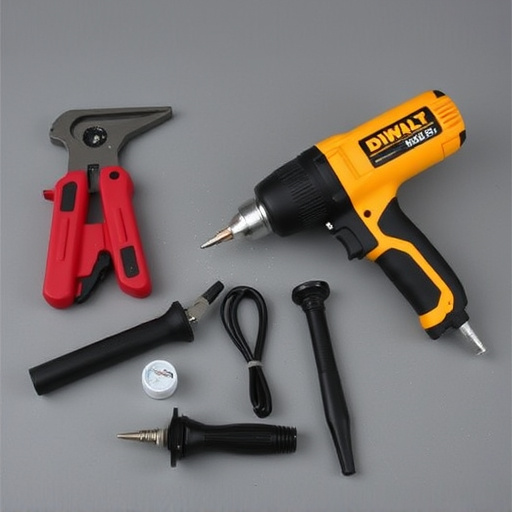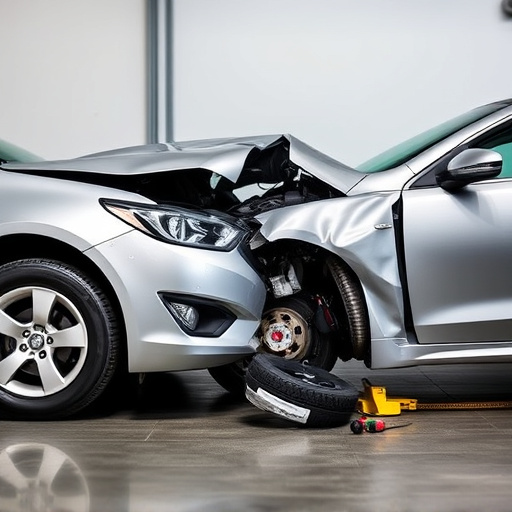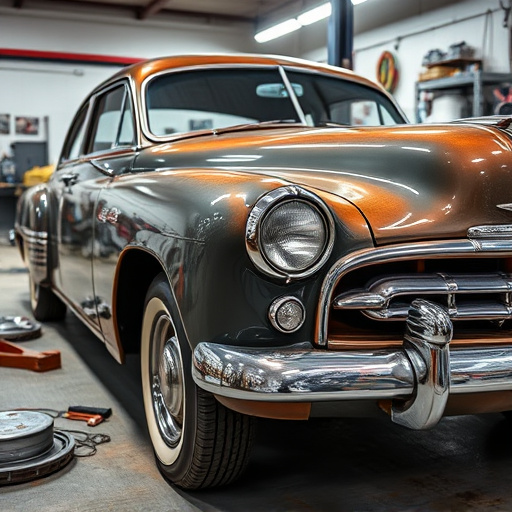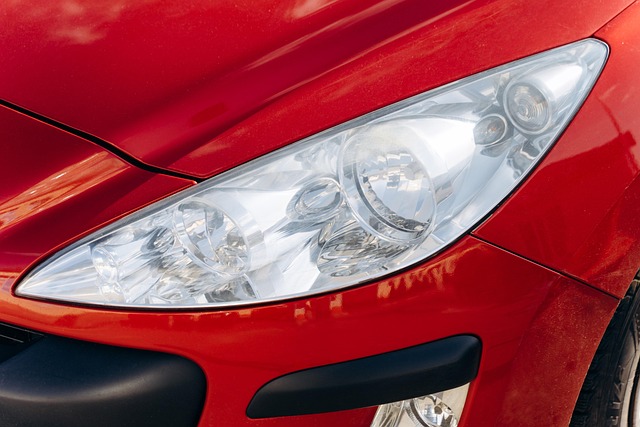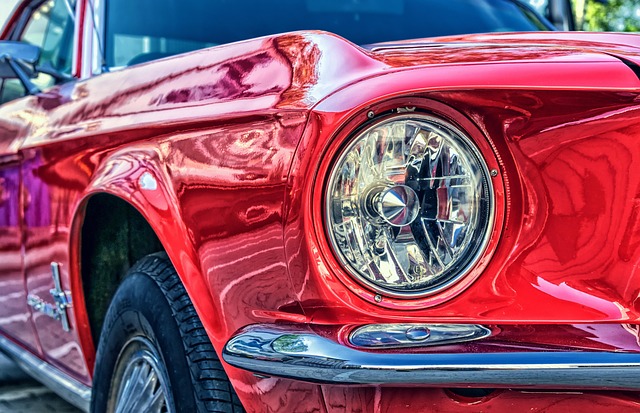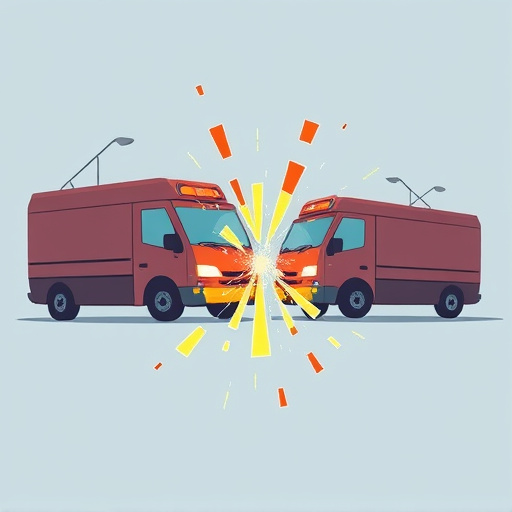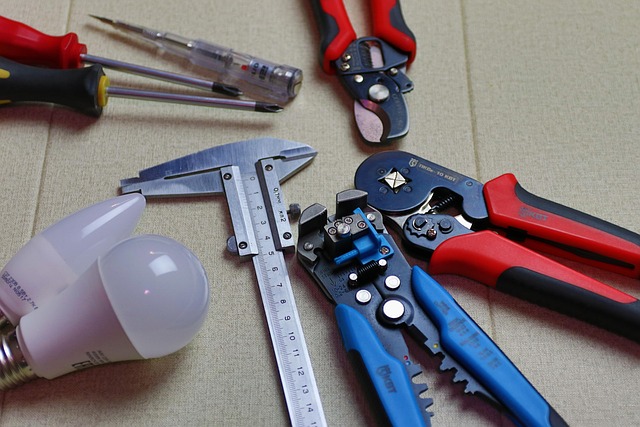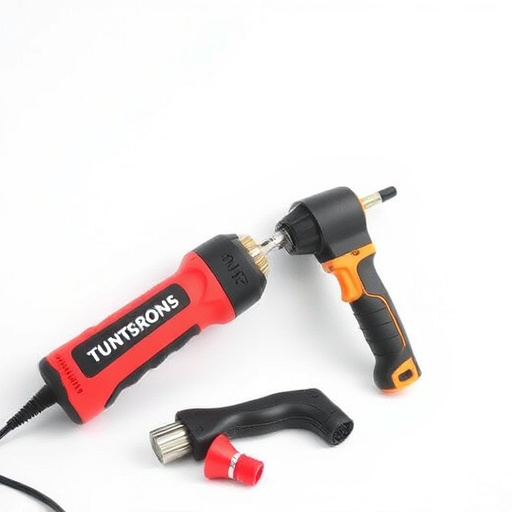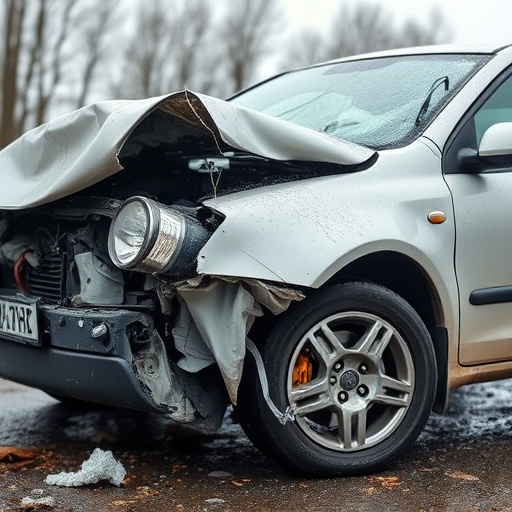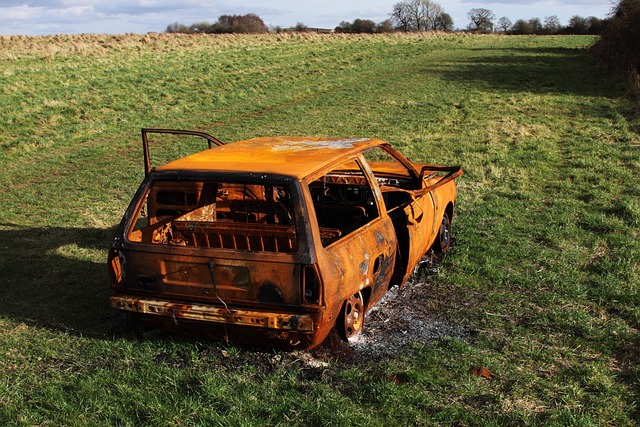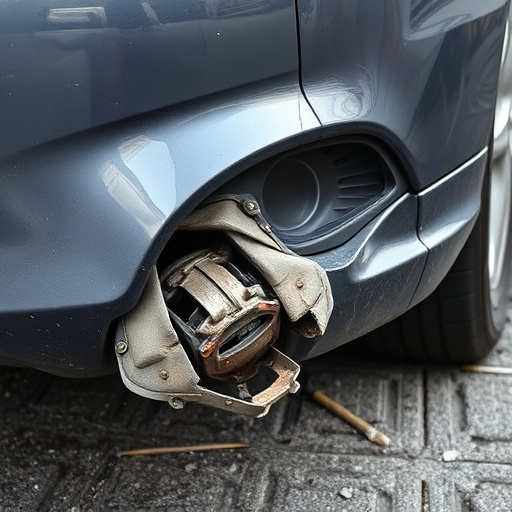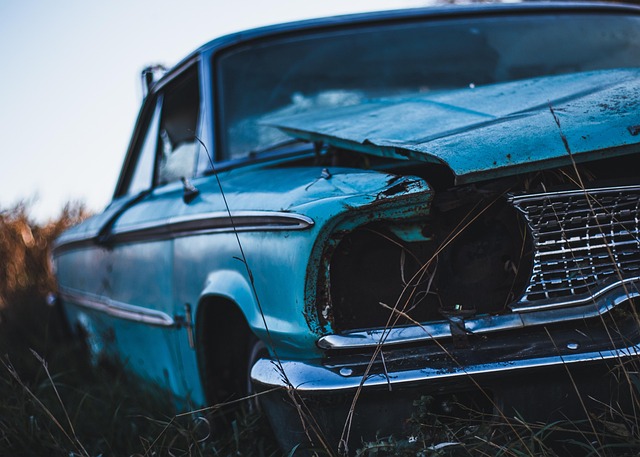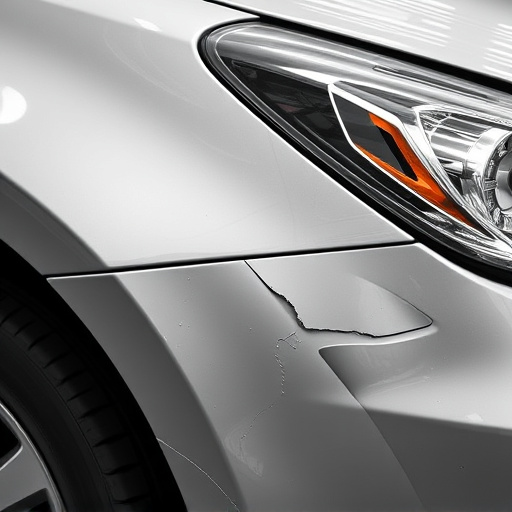Steel panel dent repair is an art in automotive restoration, focusing on correcting dents with meticulous techniques like "pinning," filling, and sanding. This method preserves structural integrity and aesthetic appeal, especially for older cars. Aluminum repair offers speed and malleability but requires specialized knowledge due to its complex surface treatment needs. Steel repairs are generally more durable and cost-effective compared to aluminum, though costs vary based on damage extent and local rates.
When it comes to vehicle body repairs, choosing the right method for metal panels is crucial. This article delves into two popular options: steel panel dent repair and aluminum repair. We’ll guide you through the processes, exploring the advantages and challenges of each. Understanding their durability and cost differences will help car owners make informed decisions. By comparing these methods, we aim to provide insights into the best practices for efficient and effective metal restoration, focusing on steel panel dent repair techniques.
- Understanding Steel Panel Dent Repair Process
- Advantages and Challenges of Aluminum Repair
- Comparison: Durability and Cost Analysis
Understanding Steel Panel Dent Repair Process
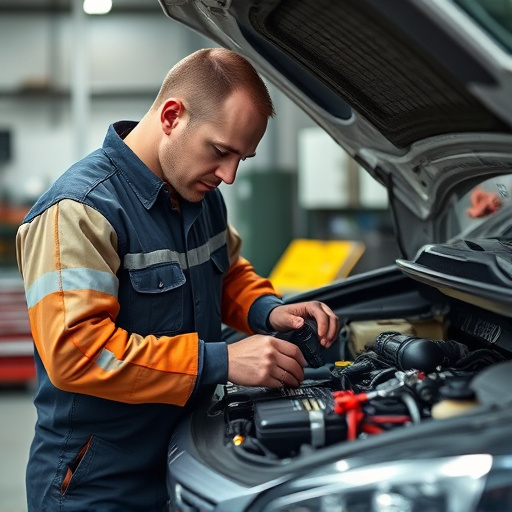
The process of steel panel dent repair is a meticulous art within the realm of automotive restoration. It involves addressing dents and dings in car bodywork, ensuring a seamless return to the vehicle’s original state. This method begins with a thorough inspection to identify the extent of the damage. Skilled technicians then employ specialized tools to gently press the dented area back into its original form, a process known as “pinning.” The repair is completed with precision filling and sanding, seamlessly integrating the repaired section with the car’s existing body panels.
Steel panel dent repair stands out among car restoration techniques due to its ability to restore structural integrity while preserving the vehicle’s aesthetic appeal. This method is particularly valuable for older or classic cars where replacing entire panels can be cost-prohibitive. Reputable car bodywork services often utilize this expertise to offer affordable solutions, ensuring customers’ vehicles not only look their best but also retain their structural soundness.
Advantages and Challenges of Aluminum Repair
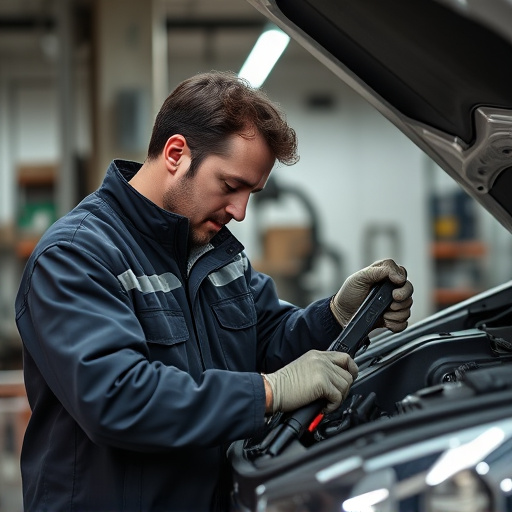
Aluminum repair offers several advantages when it comes to automotive restoration, particularly for vehicles like Mercedes Benz models known for their sleek and lightweight designs. One of the key benefits is speed; aluminum panels are easier and faster to work with compared to steel, making the repair process more efficient. This is especially advantageous in auto body repairs where time is a critical factor. The material’s malleability allows for easy reshaping and restructuring without sacrificing structural integrity, ensuring that vehicles can be restored to their original condition or even enhanced with improved performance.
However, challenges exist when considering aluminum repair. Unlike steel panel dent repair, which often involves more straightforward techniques, working with aluminum requires specialized knowledge and tools. The material has a tendency to deform and leave permanent marks if not handled correctly, making it crucial for auto body repairs to be conducted by skilled professionals. Additionally, the surface treatment of aluminum can be complex, as it needs proper preparation to ensure bond strength during the repair process.
Comparison: Durability and Cost Analysis
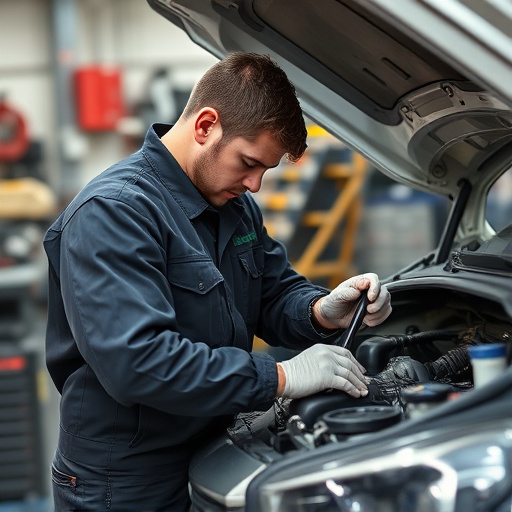
When comparing steel panel dent repair to aluminum repair, one of the key factors to consider is durability. Steel panels are notoriously durable and resistant to dents due to their density and strength. This makes steel a popular choice for auto body repairs, as it can withstand significant impact and maintain its structural integrity over time. In contrast, aluminum panels, while lightweight and corrosion-resistant, are generally softer and more susceptible to denting.
In terms of cost, steel panel dent repair often presents a more economical option. The materials and labor required for repairing dents in steel are typically less expensive compared to aluminum. This is because steel repairs often involve less complex techniques and specialized tools. However, it’s important to note that the specific costs can vary based on the extent of the damage, the size of the dent, and the local market rates for auto body repairs (including both steel panel dent removal and car damage repair).
When comparing steel panel dent repair to aluminum repair, each method has its unique advantages and challenges. Steel panel dent repair offers superior durability due to the metal’s inherent strength and flexibility, making it a reliable choice for long-lasting results. However, the process can be more complex and costly. In contrast, aluminum repair is quicker and cheaper but may not withstand extreme conditions as effectively. Considering factors like material properties, cost, and desired outcome, understanding these repairs’ nuances is key to selecting the optimal solution for your needs, whether it’s for automotive, industrial, or other applications involving metal panel dent repair.

